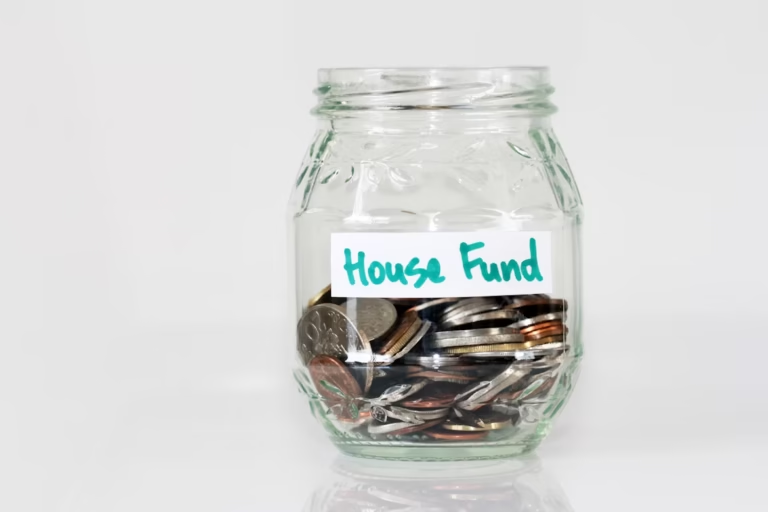Top Energy-Saving Tips for Your Home
Creating a sustainable home isn’t just good for the planet — it’s also good for your wallet.
By making small, thoughtful changes to the way you use energy, you can lower your utility bills, improve comfort, and reduce your carbon footprint.
Whether you’re a homeowner or a renter, there are plenty of affordable and effective steps you can take to embrace sustainability in your daily life.
1. Switch to Energy-Efficient Appliances
Old appliances consume a lot of power, making them expensive to operate.
Investing in energy-efficient appliances such as refrigerators, dishwashers, and washing machines can make a noticeable difference in your energy bills.
- Look for the ENERGY STAR® label when buying new appliances.
- Upgrade to induction cooktops for more efficient cooking.
- Opt for modern, efficient water heaters that save on electricity and water.
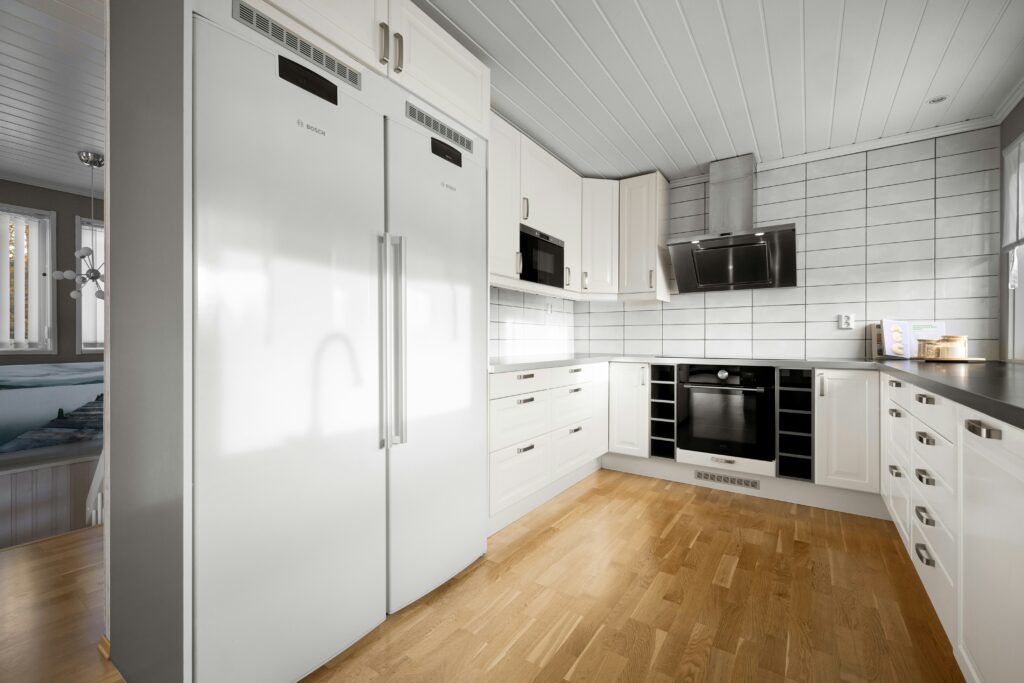
2. Embrace LED Light Bulbs and Natural Lighting
Lighting accounts for a significant portion of home electricity usage. Replacing incandescent bulbs with LED light bulbs can reduce energy use by up to 90%.
You can also maximize natural lighting to brighten your home without switching on lights during the day.
- Replace bulbs in high-use areas first for maximum impact.
- Use dimmer switches and motion sensors to avoid wasted energy.
- Rearrange furniture to let sunlight flow through your living spaces.
3. Install a Smart Thermostat
A smart thermostat allows you to control your home’s heating and cooling with precision. It learns your schedule, adjusts automatically, and helps you save energy without sacrificing comfort.
- Program heating and cooling based on your routine.
- Control temperature remotely via smartphone apps.
- Save up to 10% annually on heating and cooling costs.
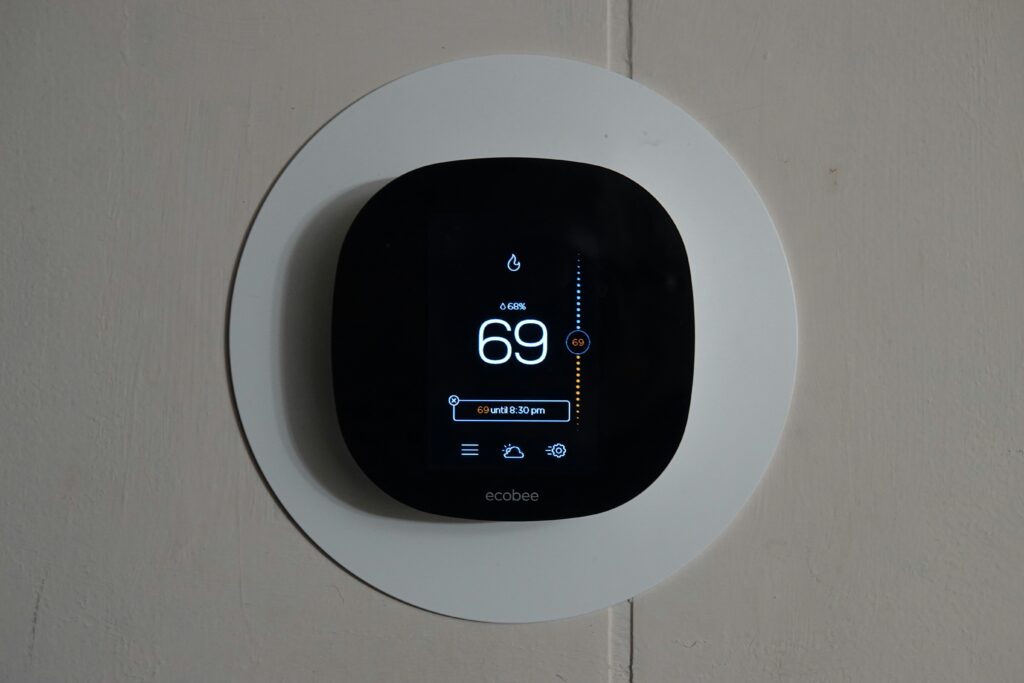
4. Consider Solar Panels for Long-Term Sustainability
If you’re serious about cutting energy costs and boosting sustainability, installing solar panels on your roof is a powerful option. While the upfront investment can be high, tax incentives and long-term savings make solar energy a smart choice.
- Generate clean, renewable electricity from the sun.
- Reduce reliance on the grid and protect against rising energy costs.
- Increase your property’s value with eco-friendly upgrades.
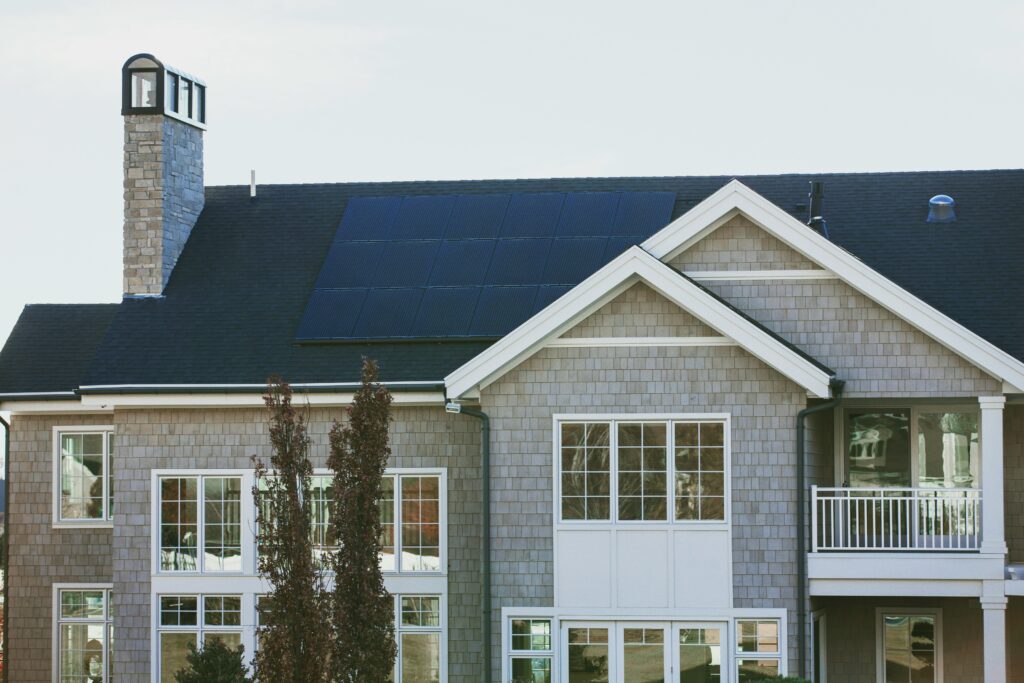
5. Improve Home Insulation
One of the most cost-effective ways to reduce energy waste is improving home insulation.
A well-insulated home retains heat in the winter and stays cooler in the summer, reducing the strain on your HVAC system.
- Seal gaps and cracks around windows and doors.
- Add insulation to attics, walls, and floors.
- Consider double-pane or energy-efficient windows.
6. Adopt an Eco-Friendly Lifestyle
Sometimes the best sustainability practices come down to everyday habits. Small changes really can add up to big results over time, so changing a couple behaviors can make a serious impact.
- Turn off lights when leaving a room.
- Unplug electronics when not in use to avoid phantom power drain.
- Use a recycling bin in your kitchen to reduce waste.
- Decorate with indoor plants to improve air quality naturally.

7. Use Water-Saving Fixtures
Energy and water are closely linked. Heating water requires electricity, so saving water also saves energy.
To cut down on your water usage and conserve resources, install water-saving showerheads, faucets, and toilets.
- Switch to low-flow showerheads and faucets.
- Fix leaks immediately to prevent waste.
- Install dual-flush toilets to control water usage.
8. Upgrade to Energy-Efficient Windows
Windows play a huge role in home energy performance.
Energy-efficient windows can prevent heat loss during winter and keep cool air inside during summer, helping to reduce HVAC demand.
- Consider double or triple-pane windows with insulating gas fills.
- Use reflective films or blinds to control solar gain.
- Seal frames and edges to prevent drafts.
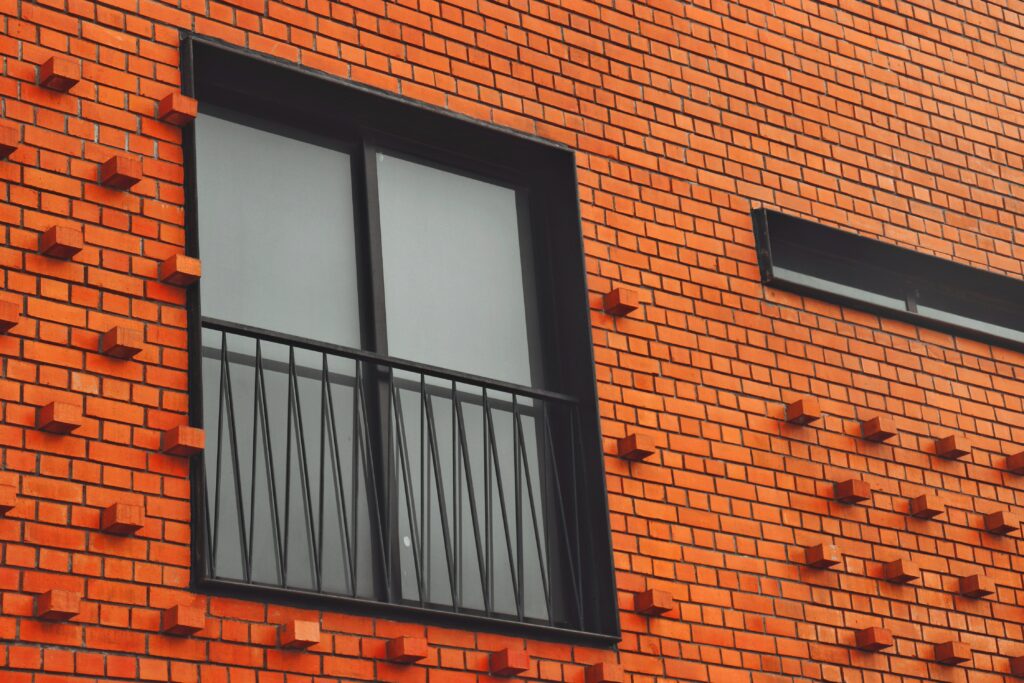
9. Maximize the Benefits of Ceiling Fans
Ceiling fans use much less electricity than air conditioning units. By strategically placing and using fans, you can reduce your reliance on energy-hungry cooling systems.
- Run ceiling fans counterclockwise in summer to circulate cool air.
- Reverse the fan direction in winter to push warm air down.
- Combine fans with open windows for natural ventilation.
10. Make Sustainable Choices in Your Daily Routine
At the heart of sustainability is consistency. Incorporating small, conscious choices every day will help you live more sustainably.
- Opt for reusable containers, bottles, and bags.
- Wash clothes in cold water whenever possible.
- Air dry laundry to cut down on dryer use.
- Buy local, seasonal produce to support eco-friendly food systems.
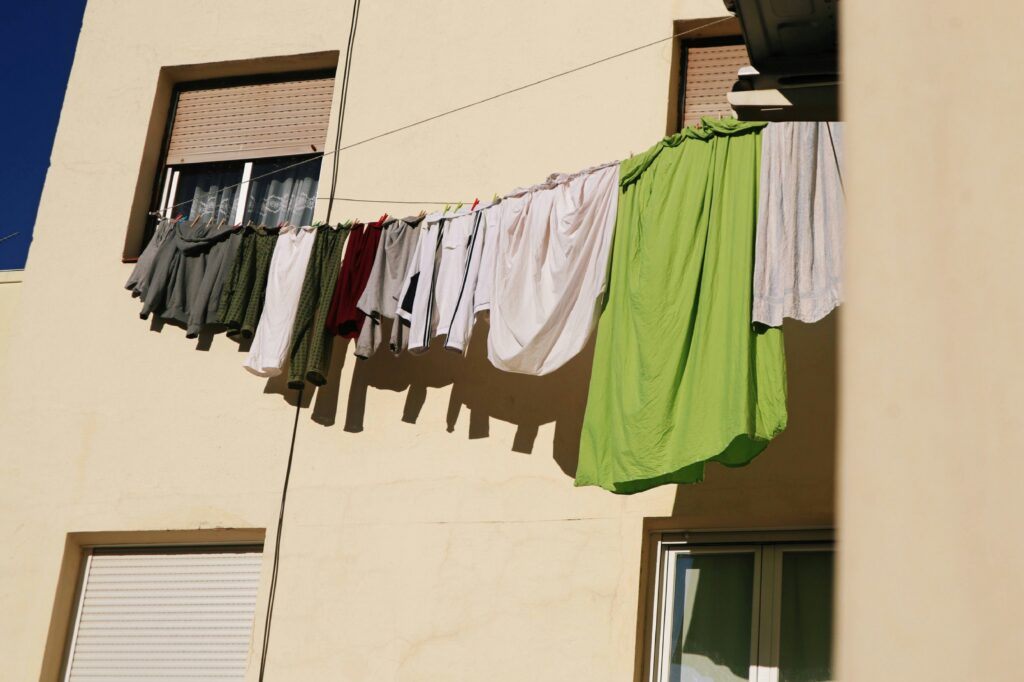
Start Building Your Sustainable Home Today!
Improving sustainability at home doesn’t require a massive investment — it’s about taking consistent, practical steps that align with your budget and lifestyle.
From upgrading to LED light bulbs and energy-efficient appliances to installing smart thermostats and considering solar panels, every change helps build a greener future.
Start with one or two upgrades today, and you’ll be well on your way to creating a more comfortable, eco-friendly home.
Ready to make the leap? Take the first step toward a sustainable lifestyle now and enjoy the rewards of a smarter, more energy-efficient household.







